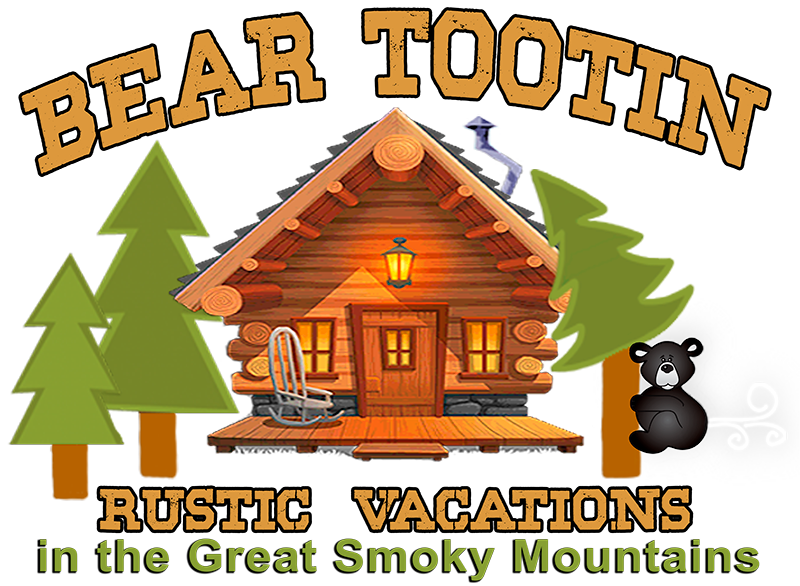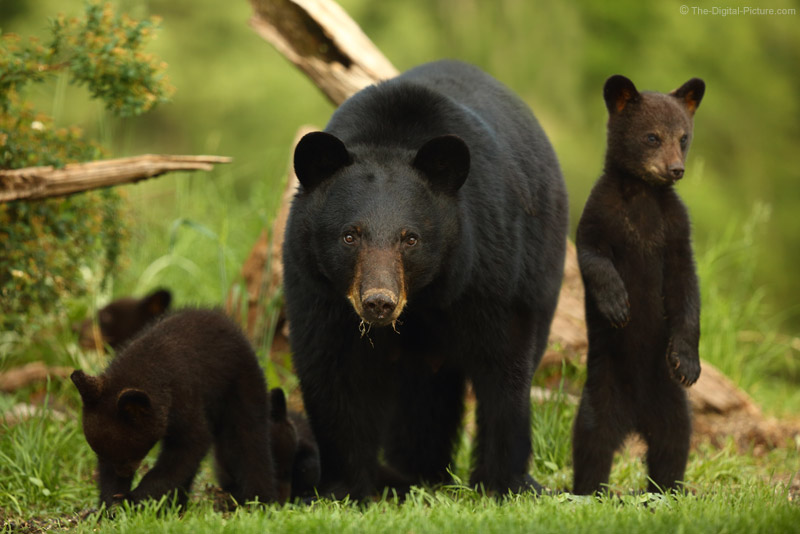Lean bears can exceed 30 mph. Can run uphill, downhill, or on level ground. Fat bears in winter coats overheat and tire quickly.
-
How fast can a bear run
-
What is the population of Black Bears
around 800,000
-
How big are black bears?
Home Animal Facts Mammals Black bear guide: how to identify, where to find them and what to do if you encounter one Black bear guide: how to identify, where to find them and what to do if you encounter one Try 6 issues of BBC Wildlife Magazine for just £9.99 Find out all the black bear facts you've always wanted to know, as well as the best places to see black bears in the wild. Share on Facebook Share on Twitter Share on Reddit Email to a friend Black bear in high ferns and vegetation By Sarah McPherson The black bear Ursus americanus is one of three bear species found on this vast continent, along with the brown bear (which can also be known as the grizzly bear) and polar bear. Of the three, the black bear is the most commonly encountered and is distributed across most of the USA and Canada. The word ‘black’ is something of a misnomer, as these bears can also be blue-black, cinnamon, brown or even white. They can also be tricky to tell apart from grizzly bears. Read on to learn all about this iconic American mammal, where you can encounter it and how it spends its time. 1 How big are black bears? The black bear is the smallest, yet most common, of the three bear species found in America (after the polar bear and grizzly bear). It’s still pretty big though! Black bear weight varies enormously depending on age, sex and time of year – black bears can be 30% heavier in autumn than they are in spring. As a result, adult black bears can weigh anywhere from 45-250kg.
-
Where do black bears live?
Black bears are only found in North America.
-
What do Black Bears eat?
fruit, nuts, shoots and vegetation
-
Grizzly bear vs black bear
Grizzly bears tend to live in more open areas, while black bears prefer densely forested mountainous regions, but there is still considerable overlap between the two. If a grizzly bear and a black bear were to get into a fight, you should definitely be putting your money on the grizzly. Grizzly bears are significantly larger, more powerful and more aggressive
-
Can black bears climb trees?
Black bears are excellent climbers and are often photographed scaling trees. Their claws give them great grip, and the branches offer youngsters safety from predators. Cubs can be very adventurous, climbing high into the treetops.
-
Can black bears swim?
Black bears are also good swimmers, and will readily enter water in search of fish. Black bear cubs take to the water easily and quickly. One of our favourite black bear facts is that one adult is believed to have swum nine miles along the Gulf of Mexico.
-
Black bear lifespan
Black bears live for an average of 18 years in the wild, but the record is an impressive 39 years. The oldest captive black bear was 44 years old when it died.
-
How fast can a black bear run?
Black bears tend to shuffle along slowly when walking, but are able to run at speeds of around 40-50kph. However, they cannot maintain this pace for long. Plump bears in heavy winter coats tire out particularly quickly.
-
Are black bears always black?
Despite their name, black bears are not always black – they can also be light brown, blond or even grey-blue. A subspecies of black bear with white fur, known as the Kermode or spirit bear, lives in British Columbia.
-
How many cubs do black bears have?
Female black bears can give birth to up to six cubs, but typically have two to three, and usually breed every other year. Cubs stay with their mother for about 18 months.
-
Why do bears steal human food?
Black bears will leave the forest and travel many miles to seek food, entering back gardens and campsites. They have an exceptional sense of smell, leading them to seek out food items in rubbish bins and outdoor storage facilities.
-
What should you do if you see a black bear?
If you come across a black bear at close range, the usual advice is to retreat slowly, still facing the bear. Do not run. Black bears are known to make mock-charges to within a few metres – if they do this, stand your ground and shout.
-
When is mating season
Usually from late May to early July.
-
When are cubs born
January or early February
-
How much do cubs weigh when they are born
Cubs weigh 1/2 to 1 pound at birth.
-
What do bear see
Bears see in color and have good vision close-up.
-
How good is their hearing
Exceeds human frequency ranges and probably twice the sensitivity.
-
How good can they smell
Their smelling ability is extremely good. Their nasal mucosa area is about 100 times larger than in humans.
-
How intelligence are bears
Large brain compared to body size. One of the more intelligent mammals. Navigation ability superior to humans. Excellent long-term memory. Can generalize to the simple concept level.
-
what kind of sounds do bears make
Usually silent (except in movies in which sounds are dubbed in). A variety of grunts in amiable situations. Loud blowing noises when frightened. Clack teeth when frightened. They use a resonant, humanlike “voice” to express a range of emotions from pleasure to fear. Does not threaten by growling (except in movies). In story-telling, any sound a bear makes is called a growl.
-
Daily Activity Period
Most bears become active a half-hour before sunrise, take a nap or two during the day, and bed down for the night an hour or two after sunset. However, some bears are active at night to possibly avoid people or other bears.
-
Do bears hibernate?
When hibernation was defined simply in terms of temperature reduction, bears were not considered hibernators. New knowledge of hibernation processes has led biologists to redefine mammalian hibernation as simply a specialized, seasonal reduction of metabolism concurrent with the environmental pressures of scarce food and low ambient temperatures. Black bears are now considered highly efficient hibernators, they have insulative pelts and have lower surface to mass ratios than the smaller hibernators. As a result, bears’ body heat is lost very slowly, enabling them to cut their metabolic rate in half and still make it through winter, maintaining temperatures above 88 degrees–within 12 degrees of their normal summer temperature. (Excerpted from “A Bear In Its Lair” by Lynn Rogers, Natural History Magazine, October 1981). Mothers wake up to give birth and take excellent care of the cubs in the den, licking them clean and responding to every cry for warmth and milk. Wild mothers ingest their cubs’ urine and feces. They also lick up drops of meltwater, eat snow and icicles, urinate, and defecate.
-
Length of Hibernation
The length and depth of hibernation is genetically programmed to match the regional norms of food availability. Hibernation is deeper and can last over 7 months in the northern portion of the black bear range where abundant, high quality food is available only from May through August. There, some bears hibernate so deeply, especially the leaner bears after a summer of unusually scarce food, that a person can jostle them for several minutes before they wake up. However, in southern states where food is available year-round, some do not hibernate at all, and those that do are easily aroused.
-
Core Home Range Diameter
Typically: Yearlings: 1-2 miles. Adult females: 2-6 miles. Adult males: 8-15 miles. Excursions to 126 miles recorded.
-
Ideal Habitat
Black bears like large forests with many different kinds of fruits and nuts. Small sunny openings within the forest provide many kinds of food for the bears. Lowlands and wetlands provide tender and juicy vegetation. Streams and woodland pools provide water for drinking and cooling. Mothers with cubs like large trees (over 20 inches in diameter) with furrowed bark (like white pines or hemlocks) for bedding sites. These trees are safest for small cubs to climb.



